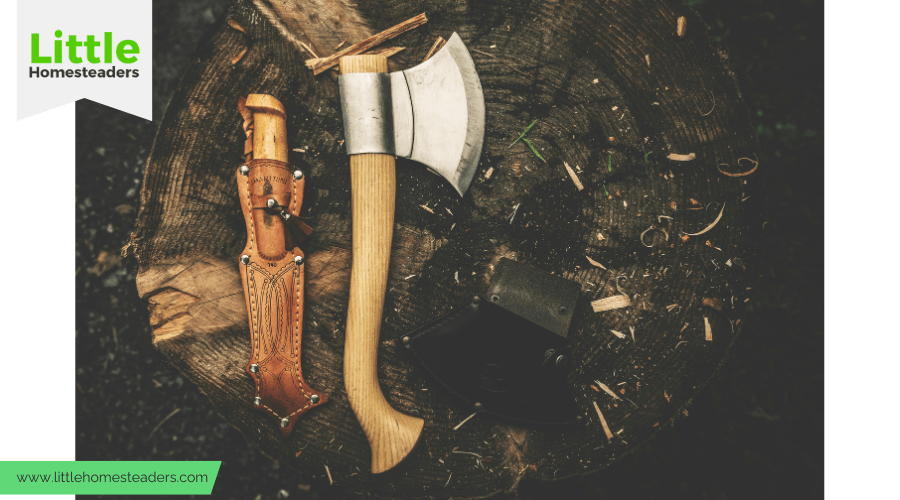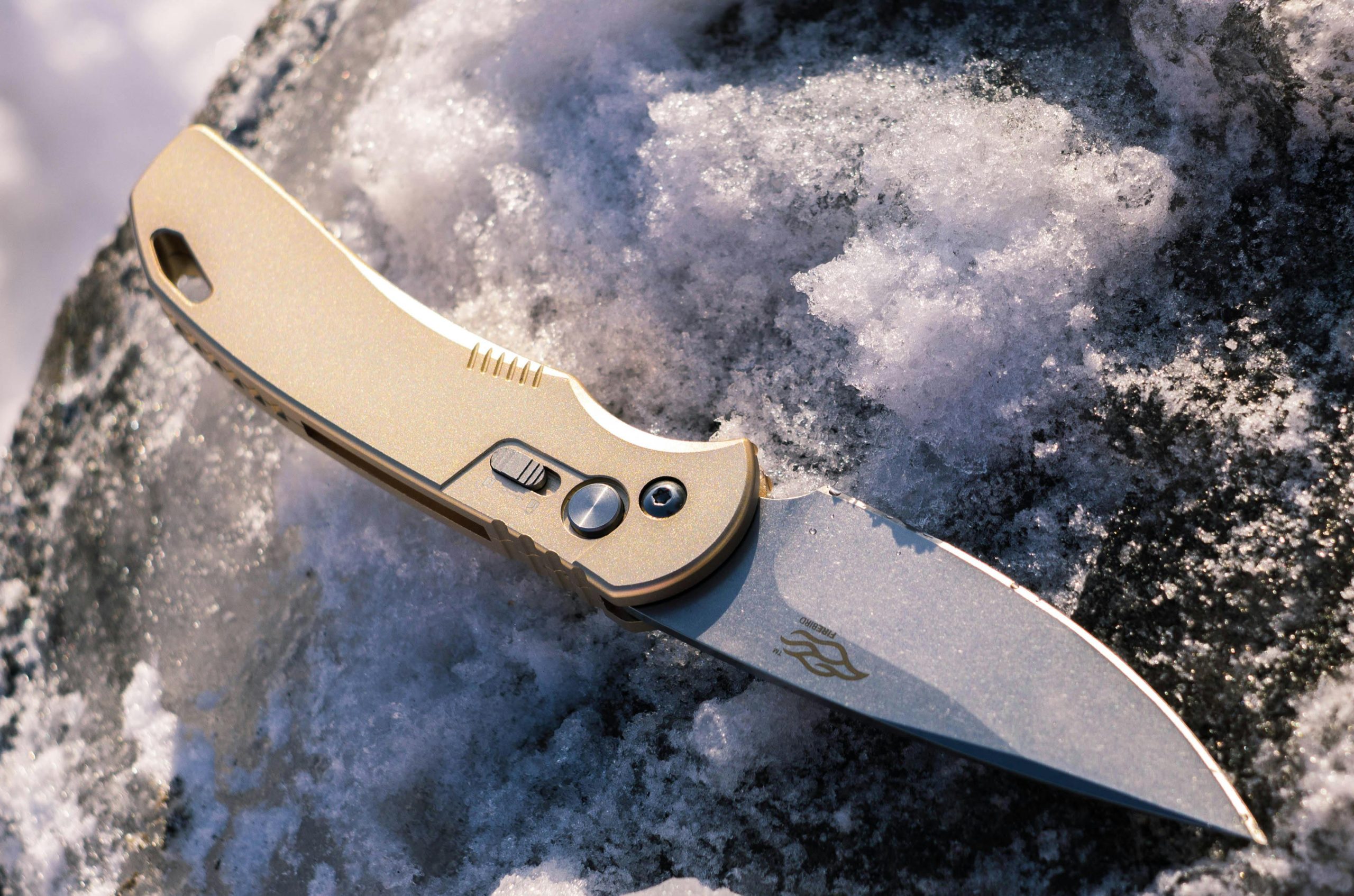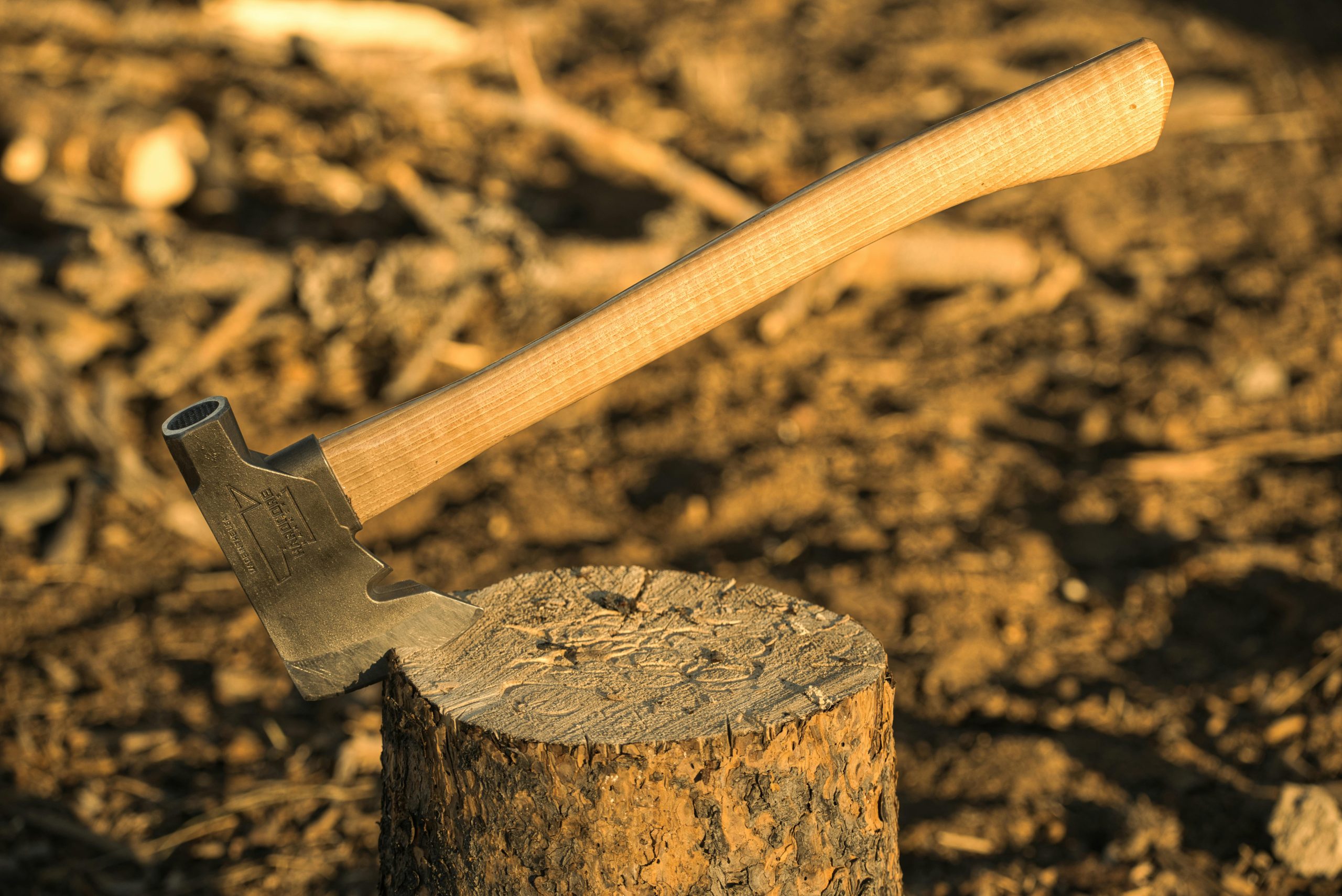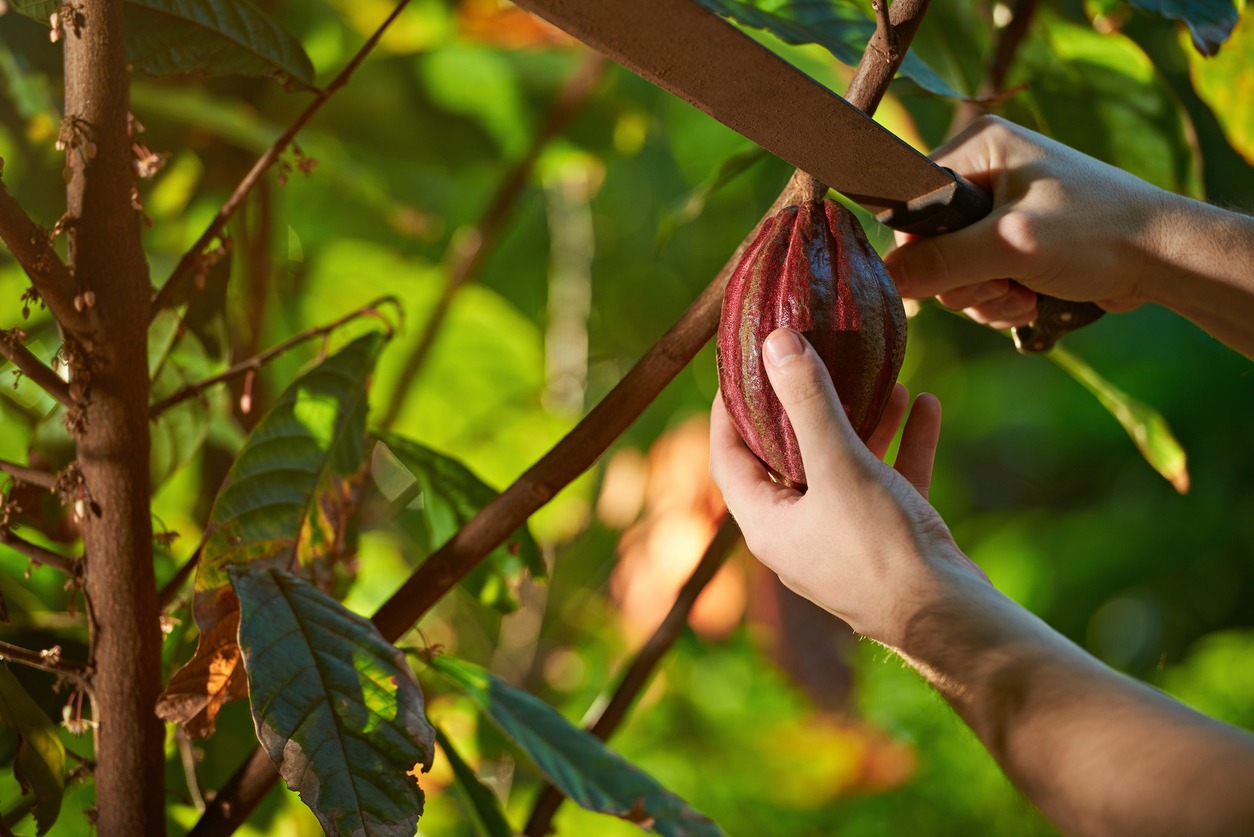Knife vs. Hatchet: Which Tool Is Best for Homestead Survival?

When you’re out on the homestead, survival isn’t just about getting by—it’s about mastering the art of self-sufficiency. And let’s be real: you can’t exactly do that with bare hands. Tools are your best friends, and two of the most talked-about ones in survival circles are the knife and the hatchet.
So, which is better? The short answer: it depends. The long answer? Well, that’s what we’re here to figure out. We’ll dive deep into what makes each tool a must-have—or not—and help you decide which one deserves a permanent spot in your survival kit. Spoiler alert: you might find that both are better together.
The Role of Tools in Homestead Survival
Ever heard the saying, "The right tool for the right job"? That’s survival 101. Your homestead toolkit isn’t just a random collection of blades and gadgets—it’s a well-thought-out arsenal for tackling everyday challenges. Whether you’re prepping a meal, chopping firewood, or fending off an uninvited guest (hey, it happens), having the right tools can be the difference between a productive day and a disaster.
So, where do knives and hatchets come in? Think of them as the dynamic duo of survival tools.
- Knives are your go-to for precision tasks. Need to carve tinder, skin a rabbit, or slice through tough rope? Grab your knife.
- Hatchets, on the other hand, bring the muscle. Chopping logs, building shelters, and splitting firewood are where these bad boys shine.
Sure, you could technically get by with just one or the other, but why limit yourself? Let’s take a closer look at what each tool brings to the table.
Anatomy and Features of a Survival Knife

If there’s one tool that screams versatility, it’s the survival knife. This isn’t your grandma’s butter knife—it’s a rugged, all-purpose blade built to handle whatever the wild throws at you. Here’s what makes a good survival knife stand out:
- Fixed Blade with Full Tang: What’s "full tang," you ask? It means the blade extends all the way through the handle, making it strong enough to handle serious tasks without snapping. None of that flimsy folding knife business here!
- Blade Length: A sweet spot of 4 to 7 inches gives you the control you need for detail work while still being big enough to tackle tougher jobs. Think of it as the Goldilocks of blade sizes—not too big, not too small.
- Blade Material: High-carbon steel is a favorite for its strength and edge retention, but stainless steel’s rust resistance is a lifesaver in wet environments. If you’re working near water a lot, go for stainless. Otherwise, carbon steel will be your best bet.
- Handle Grip: A good knife handle feels like an extension of your hand. Ergonomic grips with textures or finger grooves are essential, especially if you’re working in the rain or cold.
What’s a survival knife best for? Just about everything: carving, slicing, skinning, crafting, and even makeshift first aid. It’s lightweight, easy to carry, and so intuitive that even beginners can wield it confidently. But—here’s the kicker—when it comes to raw chopping power, even the toughest knife has its limits.
Hatchet Design and Functionality

Now, let’s talk about the hatchet. If the knife is your nimble multitasker, the hatchet is your heavy lifter. Think of it as the tool you call in when finesse won’t cut it (pun intended).
- Structure: The short handle and weighted blade make the hatchet a force to be reckoned with. It’s compact enough to use one-handed but packs enough power to fell small trees or split firewood like a pro.
- Weight and Balance: Most hatchets weigh 1–2 pounds, with the bulk of that weight concentrated in the head. This design amplifies your chopping force without requiring Hulk-level strength.
- Durability: Hatchets are built tough. Many are forged from a single piece of steel, so you don’t have to worry about them breaking under pressure. Unlike knives, they can handle repeated heavy impacts without losing their edge.
Beyond chopping wood, hatchets are surprisingly versatile. They can double as hammers for driving in stakes, prying tools for dismantling structures, and even self-defense weapons in a pinch. The downside? They’re not exactly built for precision. Try skinning a rabbit with a hatchet and see how that goes (hint: not well).
Comparative Analysis
Chopping Power
Here’s the deal: when it comes to chopping, the hatchet is king. Its design channels all that weight and momentum into the blade, making quick work of firewood or small trees. Knives, even the big bushcraft ones, just can’t compete. Sure, you could baton your way through a log with a knife, but why waste all that time and energy when a hatchet could do it in a few swings?
Versatility
Knives are the undisputed champs of versatility. They’re small, light, and capable of handling a wide range of tasks, from slicing apples to performing minor surgeries (not that we recommend practicing surgery with your survival knife, but hey, it’s good to know). Hatchets, while versatile in their own right, are more task-specific. They’re great for big jobs but clumsy for anything requiring fine motor skills.
Weight and Portability
Knives win the portability contest hands down. They’re easier to carry, especially in a sheath on your belt. Hatchets, while compact for an axe, are still bulkier and heavier. That said, their added weight can be worth it if you’re dealing with a lot of wood or heavy-duty tasks.
Durability and Maintenance
Hatchets are tanks. Their solid construction makes them almost indestructible in the field. Knives, especially high-quality ones with full tangs, are also durable but require more frequent sharpening. In terms of maintenance, hatchets need occasional oiling to prevent rust, while knives need their edges touched up regularly to stay sharp.
Self-Defense Capabilities
Let’s not sugarcoat it: both knives and hatchets can be lifesaving tools in a self-defense scenario. Knives are quick to draw and nimble in close quarters, making them ideal for swift, precise movements. Hatchets, on the other hand, deliver sheer power. One good swing packs enough force to stop an attacker in their tracks. The downside? Hatchets require more practice to wield effectively.
Complementary Tools for Each Option

Why limit yourself to one tool when you can create the ultimate survival combo? Pairing your knife or hatchet with the right complementary tools can significantly expand your capabilities:
- Knife + Folding Saw: A folding saw handles the big cuts, leaving your knife free for detail work.
- Hatchet + Pocket Knife: Use the hatchet for heavy-duty tasks and the knife for precision. It’s a match made in survival heaven.
- Add a Machete: If you’re dealing with a lot of brush or vines, a machete is a game-changer. It complements both knives and hatchets beautifully.
- Don’t Forget a Spade: A long-handled spade is invaluable for digging, prying, and soil work. It’s not glamorous, but it’s a must-have for any homestead.
Making the Final Decision
Now for the big question: knife or hatchet? The answer depends on your unique situation. Ask yourself:
- What tasks will I face most often? If it’s chopping wood or building shelters, the hatchet is a no-brainer. For intricate tasks, a knife is the way to go.
- How much weight can I carry? If every ounce matters, stick with a knife. If you can afford a bit more weight, the hatchet’s extra power is worth it.
- What’s my skill level? Knives are easier for beginners, while hatchets require more finesse to use effectively.
- Can I carry both? If you can, do it. The knife-hatchet combo gives you the best of both worlds.
Conclusion
So, which tool is best for homestead survival? The knife? The hatchet? Truth is, there’s no definitive answer—it all boils down to your specific needs and the environment you’re working in. Both tools are indispensable in their own ways, and together, they form a powerhouse duo that’s hard to beat.
The bottom line? Don’t overthink it. Start with a high-quality survival knife or hatchet (or both!) and get to know their strengths and limitations. With the right tools and a little practice, you’ll be ready to take on anything the homestead throws your way.




